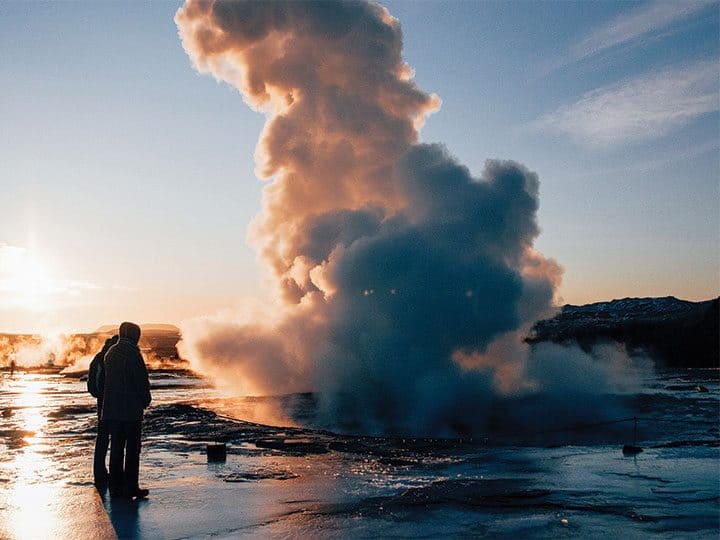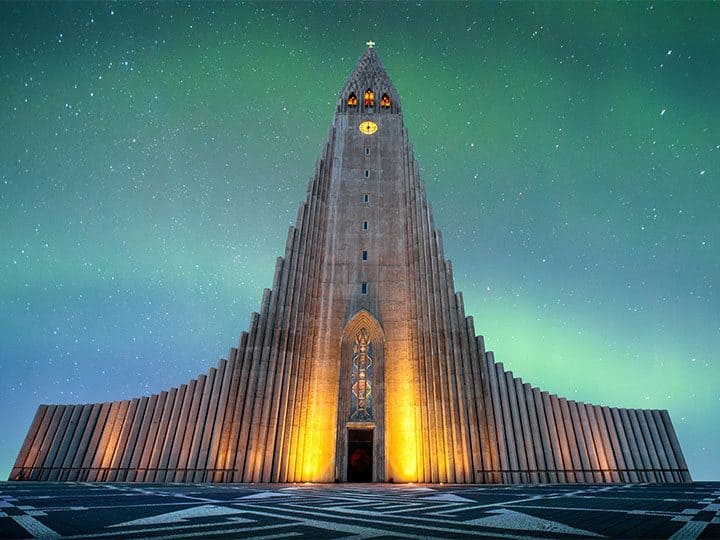Reykjavík, established by Viking settler Ingólfur Arnarson around 870 C.E, is the location of the first permanent settlement in Iceland. The census of 1703 recorded that Reykjavík had 69 residents and consisted of a farm and a church. Today about 200.000 people live in the Icelandic capital, roughly 60% of the country’s population.
Steeped in history and bursting with contemporary flair, Reykjavík, the capital of Iceland, was founded around 870 C.E, marking the birth of the first permanent settlement on this island nation. Today, it is home to approximately 200,000 inhabitants, making up nearly 60% of Iceland's population. Reykjavík holds the title of the world's northernmost national capital, and it takes pride in its reputation as one of the cleanest, greenest, and safest cities globally. Its commitment to sustainability and eco-consciousness is evident in every corner, from its energy-efficient buildings to its pollution-free skies. The city's cultural pulse is palpable in its thriving arts scene. Festivals like the Iceland Air Music Festival, Reykjavík Arts Festival, and the Reykjavík International Film Festival are celebrated stages that showcase local and international talent alike.







